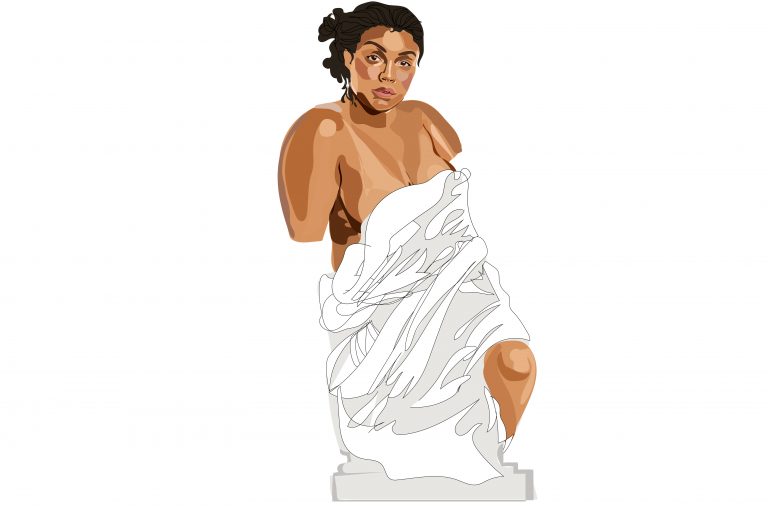Pierre. Jean Paul. David. Masahiko. Fabrizio. Stefan. Suh. Bernard. Michitaka. In the ten largest beauty companies, the top authority falls to one of these names. What do they all have in common? They’re men. While there may be women on the Board of Directors, possibly even in the C-Suite (limited in number, mind you) each CEO position is held by a man. In an industry where the consumer basis is majorly female, this strikes as a bit odd but the reason behind it is one that has managed to creep into almost every corporate business around the world.
The term “glass ceiling” is one that will make every HR manager slightly uncomfortable because it speaks to an ugly, often unspoken truth that grows beneath the surface in large corporations. The glass ceiling, for those unfamiliar, alludes to the concept that there is an “invisible barrier that keeps a given demographic (typically applied to minorities) from rising beyond a certain level in a hierarchy.” The minorities in question can be anything from race, gender, age, ethnicity, etc and they differ from company to company. In a time where equality and therefore diversity for the sake of equality has shifted from an option to a necessity, this concept lurking in the background speaks to a dated organizational power structure. This structure, while it may be quickly falling out of favor, is still extremely prominent and often extremely common among corporate hierarchies.
The beauty industry holds no exception to the glass ceiling effect, and could possibly be one of the most mind-boggling examples of it. How, in an industry that is undoubtedly female-dominated in both a consumer and employee basis, does the top authority fall to the opposite sex? Common questions that cloud this discussion are often along the lines of “Is that practical?”, “How does a man know what to sell to a woman?” and maybe even “What does a typical man know about beauty?”. While all of the questions are valid things to wonder, they have very little to do with the actual situation. Any marketer worth their salt can sell to anyone, no matter their personal differences to the consumer. The injustice perpetrated lays instead with what happens on the journey to the highest level of authority.
According to Elizabeth Kolb Robillard in her lecture Proven Success Strategies for Women at Work, women make up 52% of the workforce and yet less than 25% are at an executive level and only 6% are CEO’s worldwide. The 46% gap speaks to the difference in how men and women are grown throughout a corporate business. The reason that women tend to make up the majority of the base-level positions is that there’s an inequality in the proportion of promotions given to women in contrast to men.
Women tend to get passed over for promotions for a multitude of reasons, one of the most prominent being the “hire like me” effect. People in power tend to hire and promote people who are similar to them, and since men hold most positions of authority in corporate business, it’s easy to understand how the succession chain leans toward one sex and not the other. The “hire like me” mindset prolongs the toxic cycle that keeps diversity and inclusion from entering the workplace in full force, but it isn’t unbeatable. It requires outside-of-the-box thinking. Robillard encourages women to find ways around the invisible gender barriers, be it through negotiation, offering new ideas or simply knowing how to get out of one’s way.
Should any of this really be necessary? Should women have to fight harder to receive the same opportunities that the opposite sex get? An immediate answer to that would be no. No, women— any minority really— shouldn’t have to start steps behind the majority because of factors they can’t change but the reality is: “should” and “shouldn’t” don’t change anything. Women and men don’t exist on an even playing field, that’s just how it is. But it doesn’t have to be that way in the future. Yes, today the directory of names for the top players in beauty show only men. But under each of those men sit women (be it only a few) on an executive level and below them sit even more women at a managerial level. On and on, down the chain, the number of women increases, to the point where they might be a minority in power but they are the majority in forces.
As with every movement for equality, risks have to be taken, moves have to be made, voices have to make themselves heard and this one is no different. Women have already fought this same battle with thousands of interchangeable faces, and it is no secret that they will have to continue on. But, when it’s all over, it’ll be worth it because among that registry of men will sit a Sarah. And Kate. And Eleanor. And Ann.
Written by Hana Lorne
Graphic by Day Toscano

